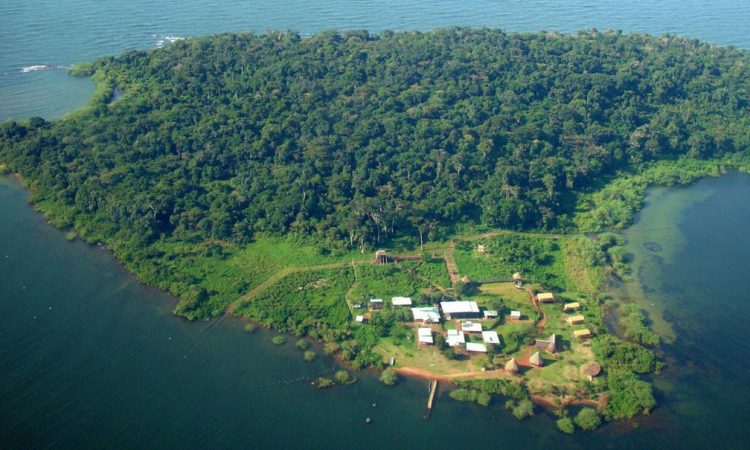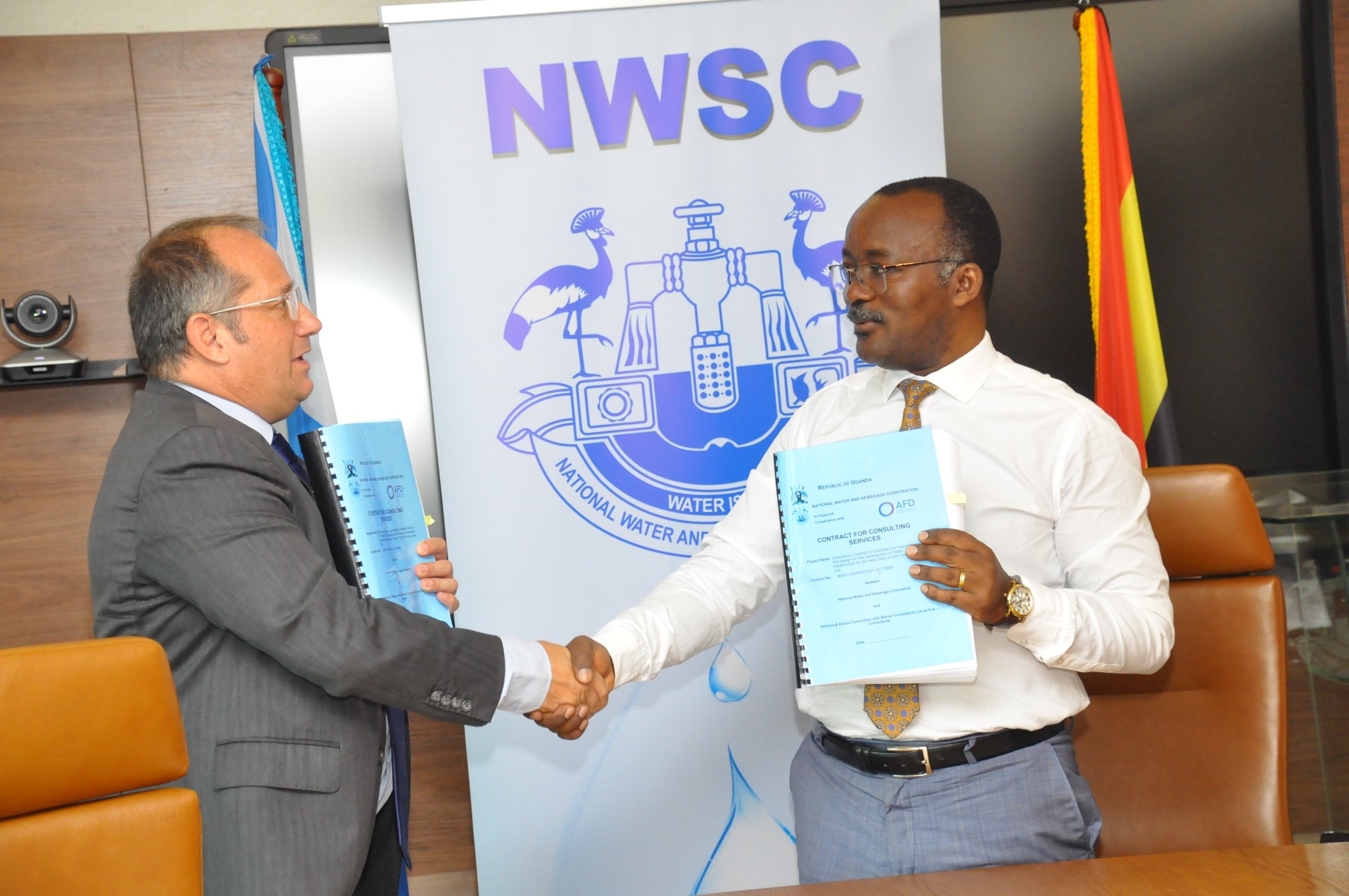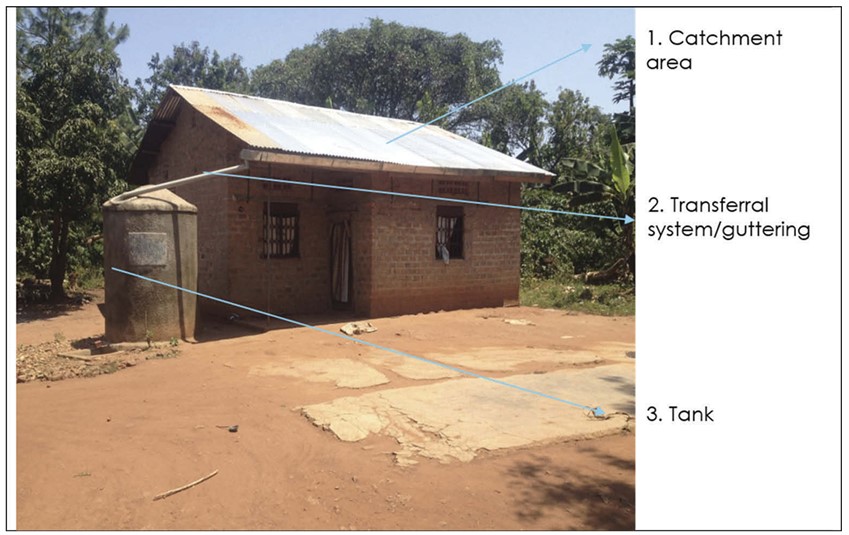Officials from the Ministry of Water Resources have launched a program aimed at releasing 2,400 cubic meters of water per second from Lake Victoria. This initiative comes in response to reports of escalating water levels in the lake, which pose a threat to infrastructure such as dams, bridges, and roads.
Dr. Callist Tindimugaya, a water resources management specialist working with the ministry, disclosed this information during a recent telephone interview. He emphasized that the exercise commenced on Thursday and is crucial for preventing potential damage caused by the rising waters.
The primary objective of releasing such a significant volume of water is to create space within the lake to accommodate the influx of water resulting from ongoing rains in Uganda and neighboring countries. Dr. Tindimugaya highlighted the risk of unchecked water levels, which could lead to flooding in Kampala, causing destruction to bridges, homes, and other structures.
While releasing water downstream, precautions are being taken to safeguard aquatic life, such as fish, particularly in lakes Edward and Kyoga.
Dr. Tindimugaya underscored the impact of human activities on exacerbating the situation. He explained that while periods of heavy rainfall are not uncommon, the current threats are compounded by factors such as the destruction of wetlands, forests, and riverbanks. Comparing the situation to historical events in 1964, he noted that the impact was less severe due to the preservation of natural ecosystems.
In recent years, however, the degradation of wetlands and swamps for settlement and industrialization has accelerated. These ecosystems play a crucial role in regulating water flow, trapping excess water during heavy rains and gradually releasing it into water bodies. Without these natural controls, the rapid flow of water can significantly contribute to rising water levels in lakes and rivers.
Dr. Tindimugaya further explained that the increase in water levels is influenced by rainfall directly over Lake Victoria and water runoff from rivers in neighboring countries such as Kenya, Tanzania, Rwanda, and Burundi. The degradation of the environment in these countries has intensified water runoff, exacerbating the situation, especially during periods of heavy rainfall affecting the entire region.




















